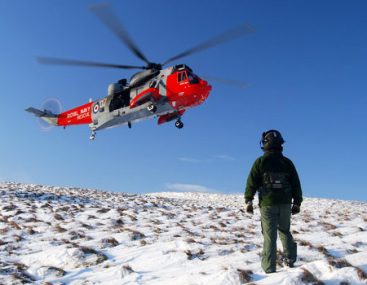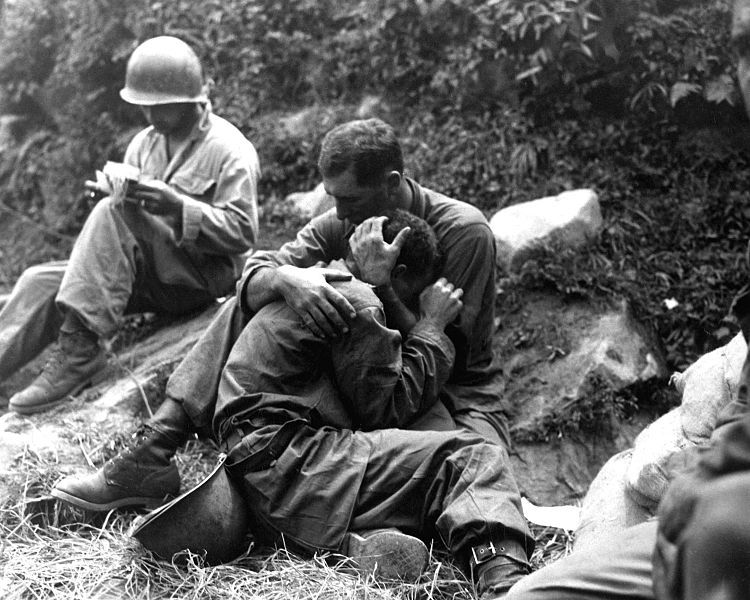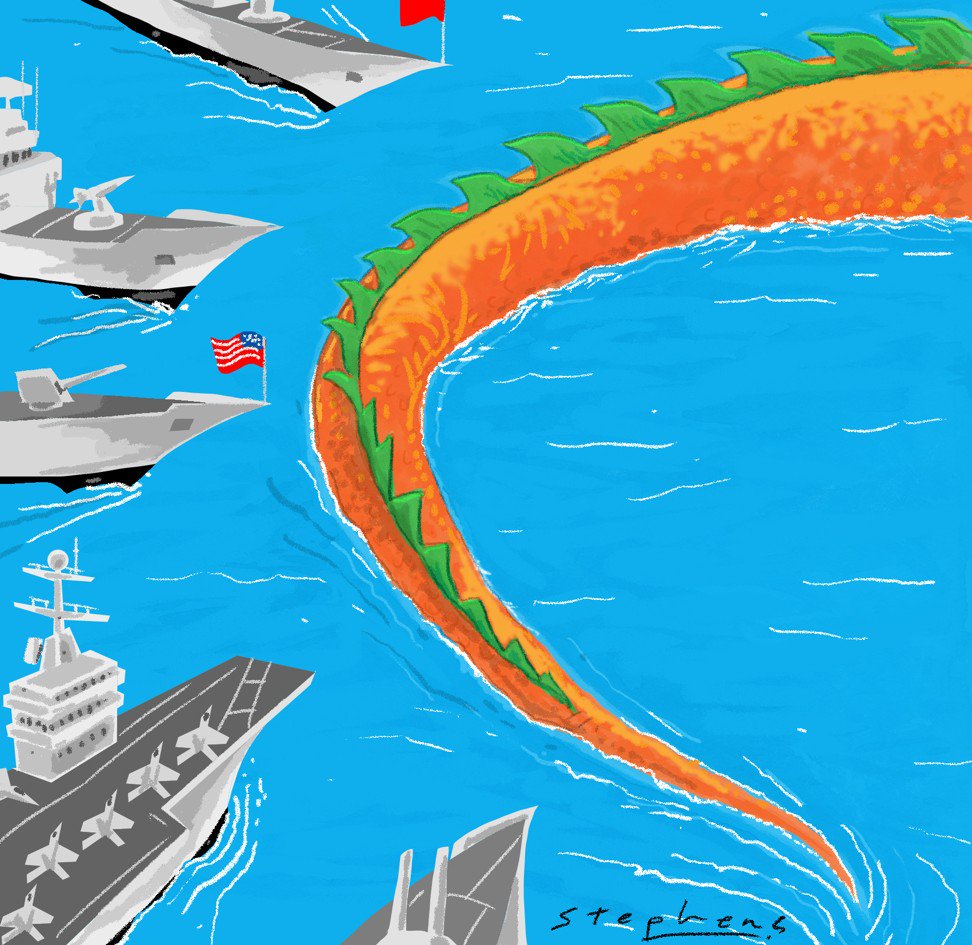
While I may just be a simple country boy who grew up on a dirt road, my training and experiences have afforded me the opportunity to gain the skills and knowledge necessary to survive in an austere environment. Some might argue, my start made it easier to apply these skills, but I think they're important to know for every person who journeys outside the reach of modern medicine's immediate safety net.
For the average weekend warrior, what follows will provide adequate insight and set you up to survive and thrive in the field should the need arise. Dehydration and hypothermia are going to be your two biggest preventable worries, and puncture and exposure injuries are going to be the things you need to be thinking about treating in the wilderness so that you can get OUT of the wilderness to better treatment facilities.

So let’s give you some ideas or reinforce some concepts that could be muy importante when you are an extended distance from a medical facility or have to treat yourself, a family member, or a buddy. As we say in the military, “Self Aid, Buddy Aid, First Aid." Always in that order. It's often times not as easy as getting in your car and driving to the ER, or even calling for emergency medical recovery.
I will also say that what I say or recommend is simply a method, not the method. Now let us take a look at the Requirements and Skills that are essential when in wild environments, then we can throw in some medical recommendations.
REQUIREMENTS for moving through remote areas:

Water And A Way To Continue To Have A Potable Source Of It
Proper hydration allows us to operate at a level that keeps us happy and walking through the hills or forests with a smile on our faces. Become dehydrated and the smile will turn into a poopy face and the joy of walking through the hills or forests will become hell. The more dehydrated you become, the worse life gets.
I’ve played that game in training and on real operations and have treated folks that were dehydrated more times than I care to count.
Everyone knows this. Stay. Hydrated.
Beyond that, potable water can be used to clean and irrigate wounds. Statistically speaking, you are far more likely to cut, scrape, or burn/blister your skin in the wilderness than you are breaking a femur and bleeding out.
And just like when you were younger, when you would run water from the hose over the cut you got at grandpa’s house, good, clean water helps irrigate wounds and stem bleeding. And it’ll work just as good as using sterile normal saline. As long as it’s potable it’ll do the job.

Fire And A Way To Make It
Fire has made us what we are today and also allows me to have smoked meats and warmth just about wherever and whenever I want. From cooking food and warding off animals to making signals, providing warmth, or just for some good old entertainment (Ranger TV), fire’s uses run the gamut.
But unless you want to spend time grinding sticks into kindling (and tearing up your hands in the process), best to have something to help you start a fire.
My go-to in the back-country is waterproof matches or a Zippo and a petroleum gauze packet for a starter. Poke a little hole in the top of the wrapper, pull a tiny bit of gauze out and light it. It’ll stay lit long enough for you to fumble around with getting the tinder just right and are burning the hair off of your hands.
The gauze is reusable several times and you can make an occlusive chest seal out of it (old school and not great but can be used). You can also take a two-dollar mylar survival blanket and have a fire made next to a hooch to reflect heat towards your body. Toasty as it comes.
I’d get a survival blanket that has blaze orange on one side, as the blanket itself reflects roughly ninety percent of your body heat. And should you need to be rescued, you don’t want to make it hard for people with Thermals to find you.

Some Kind Of Tool
A good quality blade or multi-tool can be used for many things, including but not limited to; as a weapon, hammer or toothpick, for chopping wood or cutting food, and so on. You absolutely will have a harder time outside if you don’t have this piece of kit, sending yourself back to rocks and sticks before, in an attempt to build basically anything.
If you have a piece of gear or kit that only has a single purpose, then it had better be damned important (#TQ). Multi-use items are how I’ve found ways to save pounds (#lbsequalpain) and keep the real estate in my pack utilized properly.
MEDICAL REQUIREMENTS:
Understanding how tourniquets work, when and where to apply them (ie: massive bleeding from an extremity and “high and tight”), and knowing that you will bleed to death pretty quick in instances that warrant TQs if they aren’t applied rapidly and effectively is essential. Some books say three minutes on a femoral bleed. I say sixty seconds and you are in a bad way. You can learn how to put a good commercial grade TQ on and be efficient with it after about thirty minutes of good instruction.
An improvised tourniquet is what humans have been using for a few thousand years. Belts don’t count. If a belt is all you have, then deal with it and use what you’ve learned. But once it’s applied, you’ve “bought it” for the duration or until it can be replaced. If your tourniquet is applied so that you can’t let go once in place, it isn’t as useful as you need. A cravat and a good solid stick will sort you out just fine. Or you can spend a few bucks on a proper tourniquet and be covered.
Pressure dressings and bandaging are lumped together because they are rather simple in their application and reasons for use.
Pressure dressings are used in junctional areas that tourniquets are not effective on, like the neck, armpit, or crotchital region. Pressure-to-pressure is the most important concept when it comes to applying these dressings. Once you start pressure on the “seed of the bleed” it has to be constant pressure for the duration. All the basic designs for commercial pressure dressings are one of two things: An elastic “Ace-brand” type wrap and a rolled or folded gauze of some sort. Hemostatic dressings are awesome but if you don’t have them I don’t care if you take a sock and a Smedium t-shirt and make a solid dressing.
Cravats and Sam splints are brilliant elements of kit that have tons of different uses and can be secured with your pressure dressing, elastic wrap, or good ole duct tape. Ankle splint, arm splint, C-collars and beer coozies are all normal uses for these padded aluminum splints. Making a sling and swath out of two cravats is very basic and super useful. “Sticks and Rags,” as these applications are called, are a basic outdoor skill and are taught in every med school that deals in remoteness.
In addition to all the gnarly, stop-me-from-bleeding-out stuff, you should have some Benadryl and an Epi-Pen for allergic reactions or anaphylaxis. Just because you haven’t had a reaction before doesn’t mean that your luck won’t change in the future. Of course, you can always help someone else if the need arises.
If there are questions or you’re interested in getting better trained on these things, feel free to reach out on Instagram @joel_ddey
#DIELIVING
“Your Best Resource is Resourcefulness.” - Joel Gupton, owner/operator of D-Dey NC of D-Dey Response Group and a Special Forces Medical SGT with extensive experience creating, designing, and implementing Prolonged Field Care / Austere Medical, Tactical Medical, and Offshore medical training courses for LEO agencies, the military, and adventure clients. Joel is an avid outdoorsman that has guided waterfowl clients in 3 different countries and loves getting our veterans out on the water or in a blind hunting or fishing. Bunch O’ credentials: 18D, ATP, NRP, FP-C, CCP-P, REMT, MCPIC, TCCC, yada yada yada doesn’t matter until you play the sports for real or are willing to practice what you teach.
[supplement-ad]





Leave a comment
This site is protected by hCaptcha and the hCaptcha Privacy Policy and Terms of Service apply.